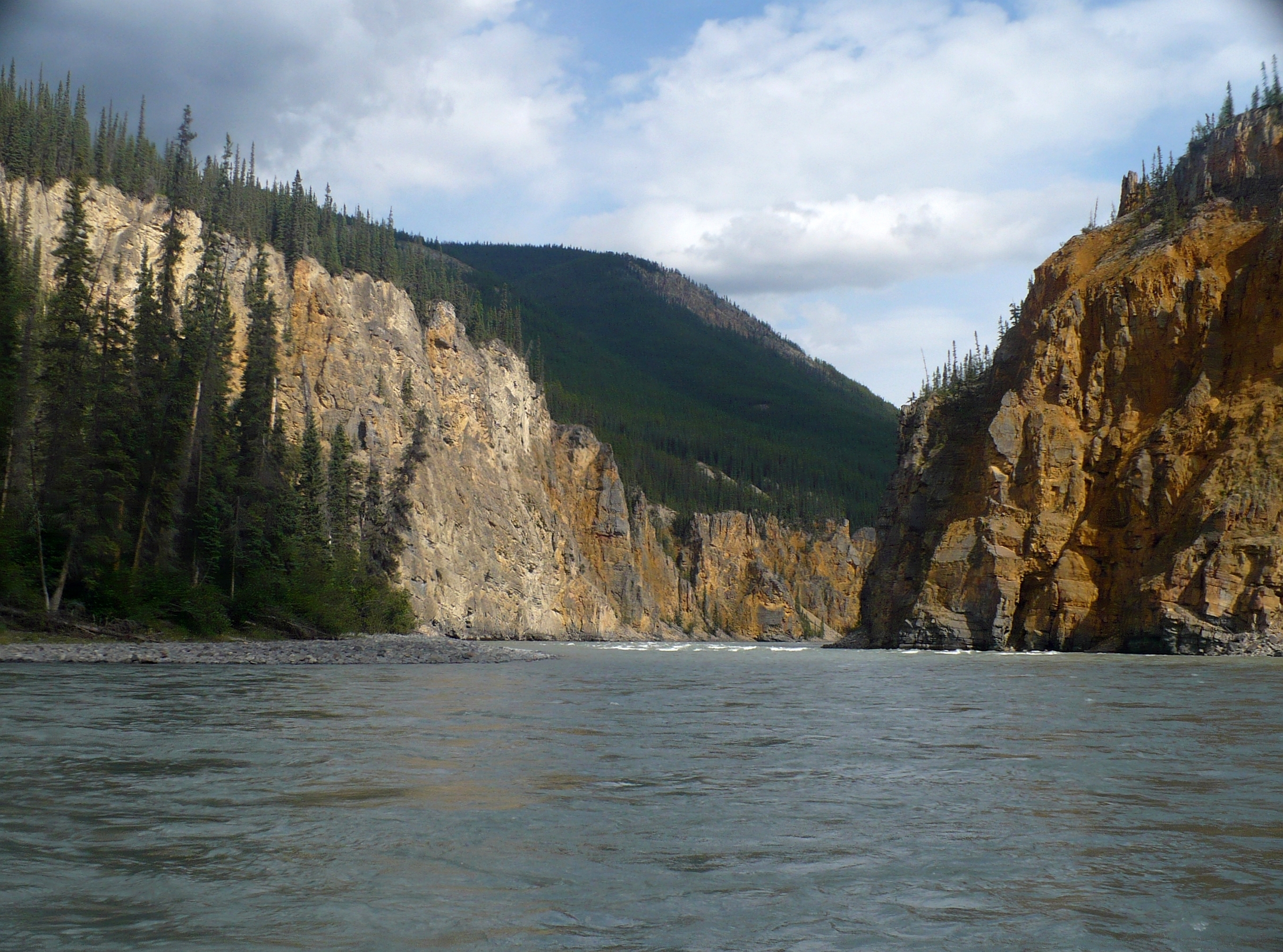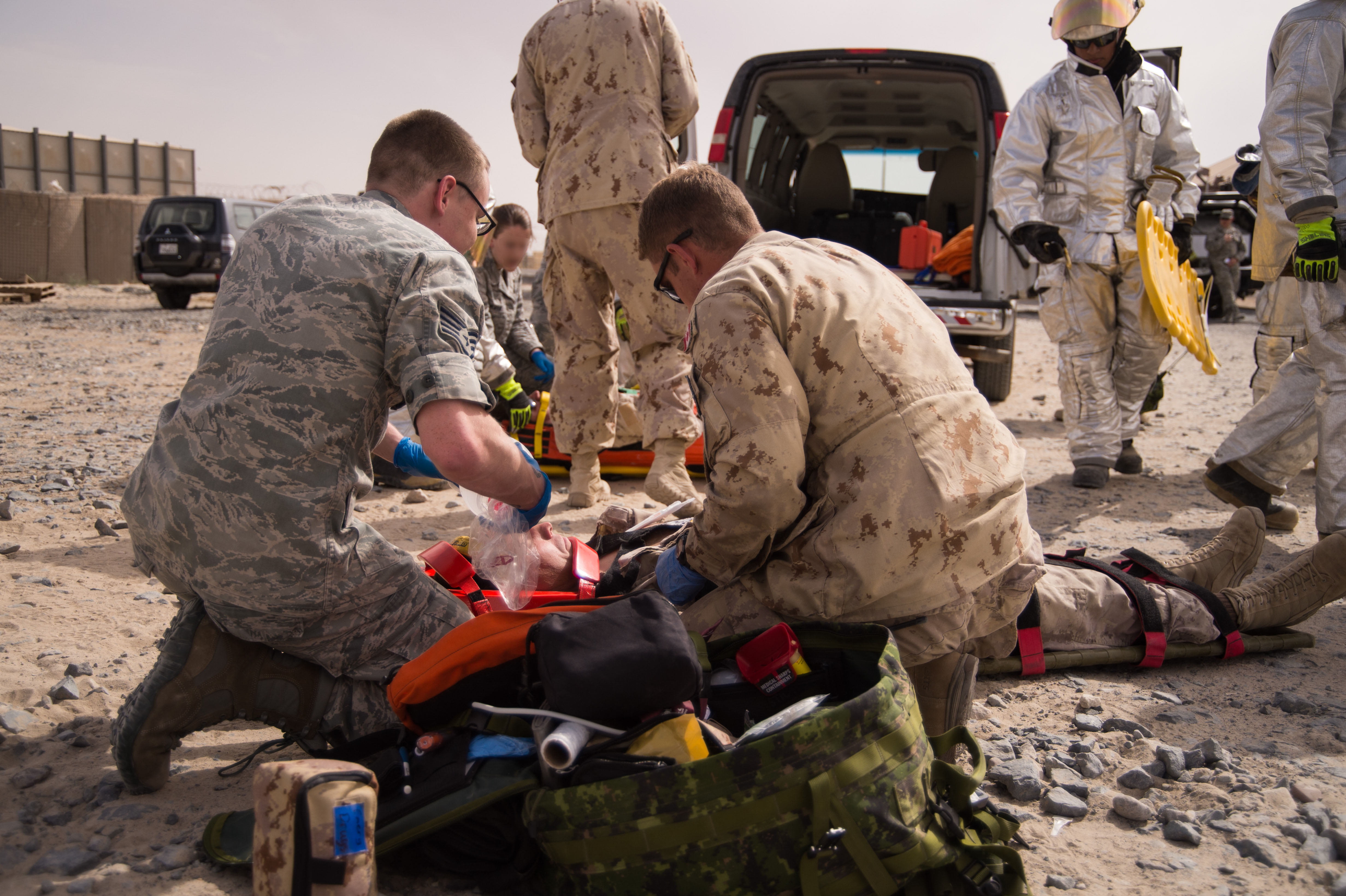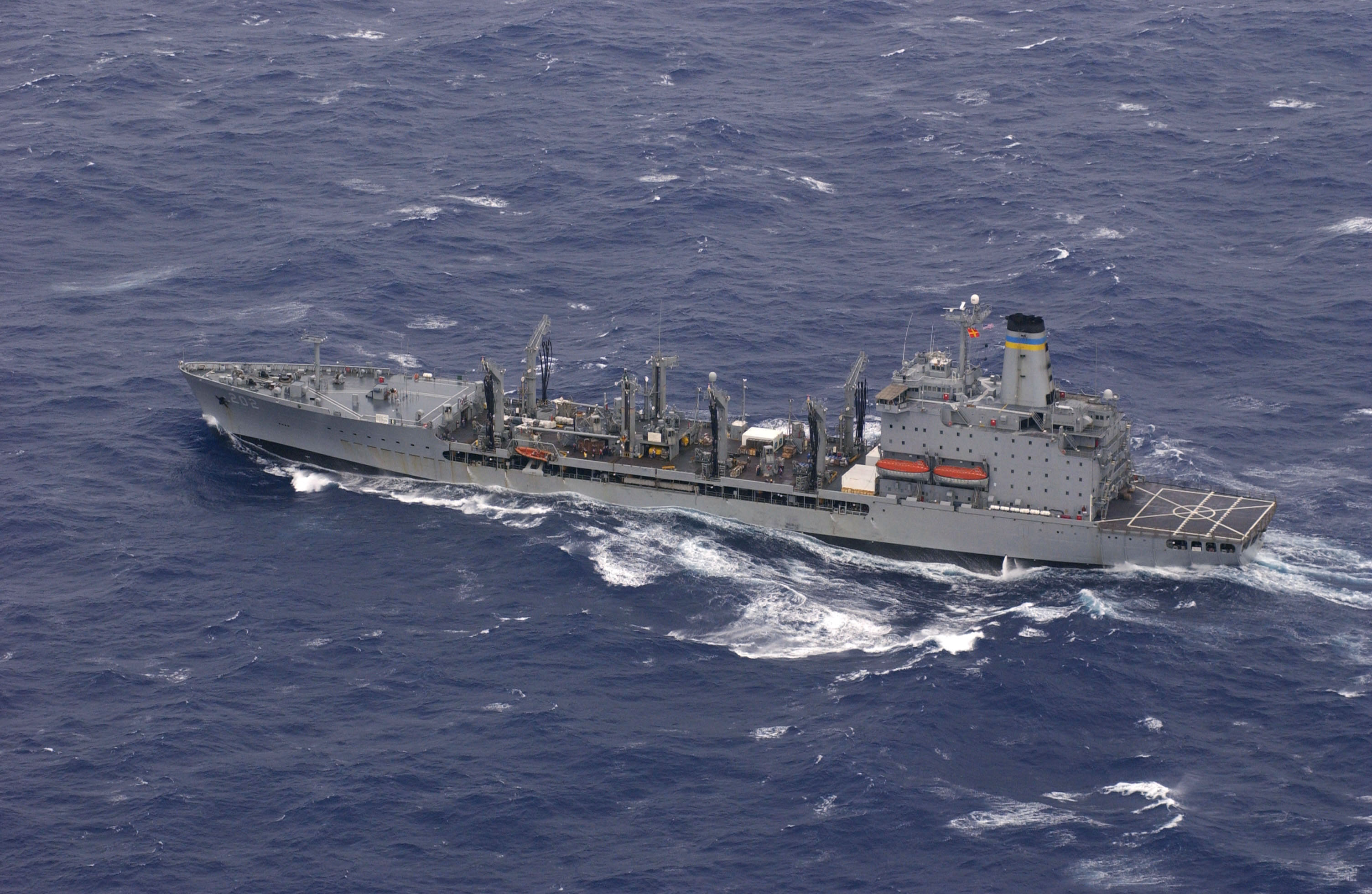Over the past three weeks, the NATO Association of Canada has published a series of articles discussing Canada’s Arctic security. Much as the region teems with untapped potential, this material is also rife with unrealized ideas. Infrastructure is sparse, Nunavut is still without a devolution agreement, and any discussion of Northwest Territories Premier Bob McLeod’s “Arctic Gateway” has been cursory. Many reasons can be attributed to this lack of progress in Canada’s North: the worldwide price drop for commodities ranging from oil to diamonds, an especially deep infrastructure deficit across the country, and the relatively successful negotiation of territorial disputes with Denmark. All of this has served to reduce the urgency of an Arctic presence, at least in the minds of many Canadians.
Yet many projects in the North become bogged down for a reason much easier to remedy: the lack of a coherent, comprehensive strategy for the development of the region. In 2009, the Government of Canada released a strategic document under the mandate of Chuck Strahl, whose portfolio at the time was referred to as “Minister of Indian Affairs and Northern Development and Federal Interlocutor for Metis and Non-Status Indians”. That report, entitled “Canada’s Northern Strategy: Our North, Our Heritage, Our Future,” was intended to offer a “clear vision” for the federal government to approach development and security in the Arctic, much as the earlier Canada First Defence Strategy set out the objectives and the future tools with which the Canadian Armed Forces would defend the country as a whole.
Upon closer examination, however, the Northern Strategy lacks a timeline, accountabilities or even specific projects for implementation. Instead, it refers vaguely to the importance of preserving Northern traditions, protecting the environment, and exercising sovereignty in the Arctic. The few objectives it does offer have since been achieved. For example, the call for multilateral cooperation on search and rescue in Arctic waterways along with rules to govern shipping in the region was more or less realized during Canada’s term heading the Arctic Council. The Arctic Coast Guard Forum, formally established in October 2015, will ensure the ice-choked waterways at the top of the world will be policed to an increasingly effective degree.
Canada’s new government could ensure better conditions for economic and social development by drafting a new strategic document, replacing the Northern Strategy with particular objectives and an approximate timeline. Unavoidable delays do in fact happen, as has been seen with the construction of Nanisivik Naval Facility, but an aspirational schedule would afford Canadians the opportunity to hold their government to action in the North. It is also important that the drafters of this successor to the Northern Strategy consider it as a strategic document, first and foremost, rather than a political document. Communities across Nunavut, the Northwest Territories, and Yukon Territory have been visited frequently by political figures from Ottawa wishing to celebrate Northern cultures, enjoying seal meat and speaking at town halls. But the peoples of these communities continue to heat and power their homes with diesel fuel and receive desperately needed supplies by seaplane during only a small portion of the year. The celebration of Nunavummiut hospitality, for example, ought to go hand-in-hand with commitments to undertake tangible work on Nunavut’s social and economic challenges.
The varied nature of the Northern Strategy should be retained, however, and it is equally important that it not become a principally military document. There are few things more Canadian than the recognition of how security is multi-faceted. In fact, Article 2 of the North Atlantic Treaty, the founding document of NATO, has come to be known as “the Canadian clause”. Namely, it calls for NATO member states to seek economic collaboration with each other, strengthen their free institutions, and promote democratic principles. The original Northern Strategy captured this by at least emphasizing throughout its pages the significance of governance and economic development. Indigenous and Northern Affairs could certainly continue to lead in the drafting and implementation of the Northern Strategy, but the drafting should include considerable input from an array of federal departments and agencies, including National Defence, Public Services and Procurement, Fisheries and Oceans, and Infrastructure and Communities among others.
Prime Minister Justin Trudeau’s relationship with the North has begun very appropriately. In January 2016, he visited the Ottawa offices of Inuit Tapariit Kanatami (ITK), the body responsible for representing the interests of Canada’s Inuit, and met with Inuit leaders. On March 2, ahead of a First Ministers’ Meeting in Vancouver, the Prime Minister will again meet with ITK leaders together with representatives from the Assembly of First Nations and Metis National Council. This consultative approach can help ensure the next Northern Strategy reflects the hopes and aspirations of the people such a document will impact. With any luck, putting pen to paper will begin once the Prime Minister has the opportunity to visit the region in an official capacity.




